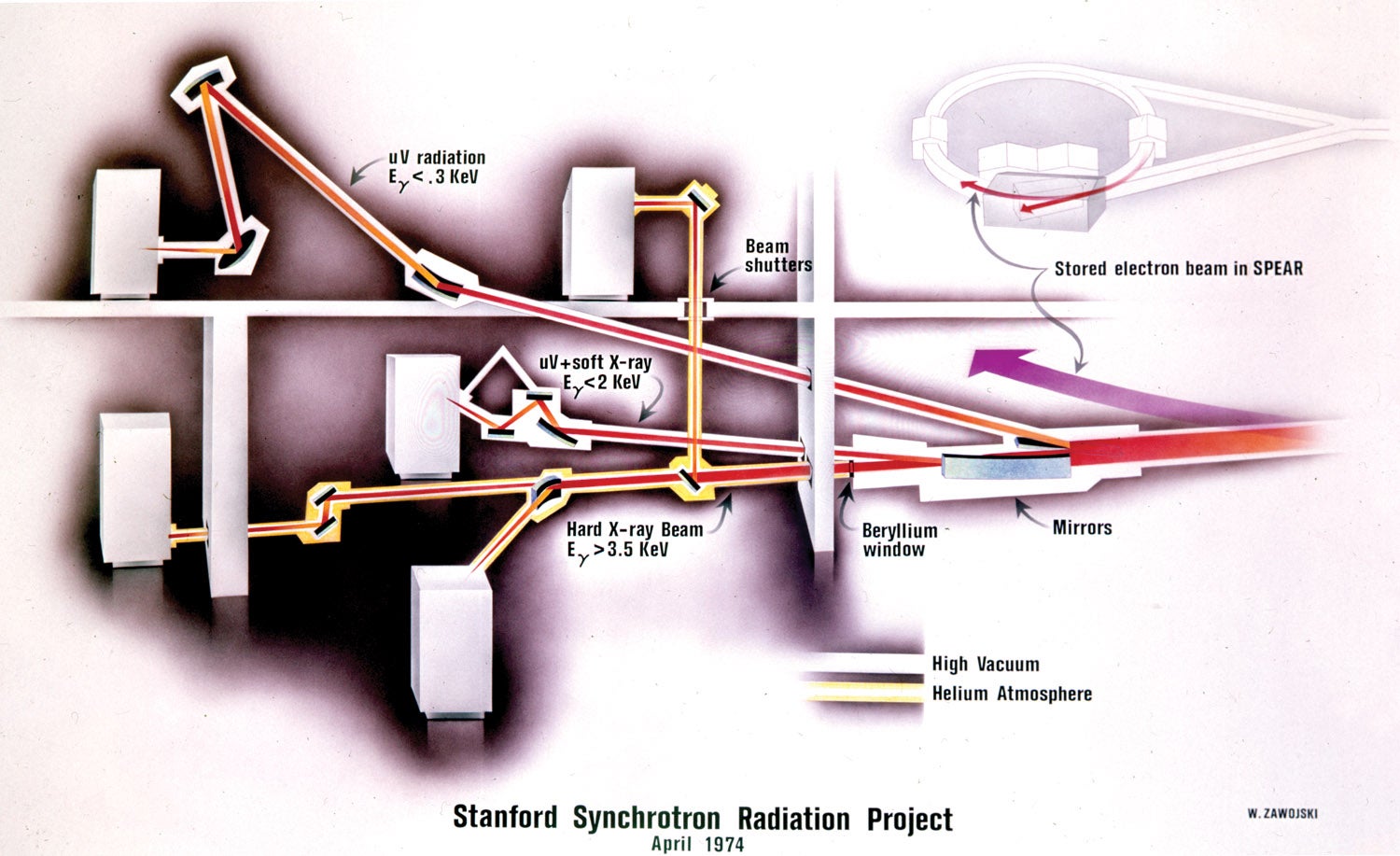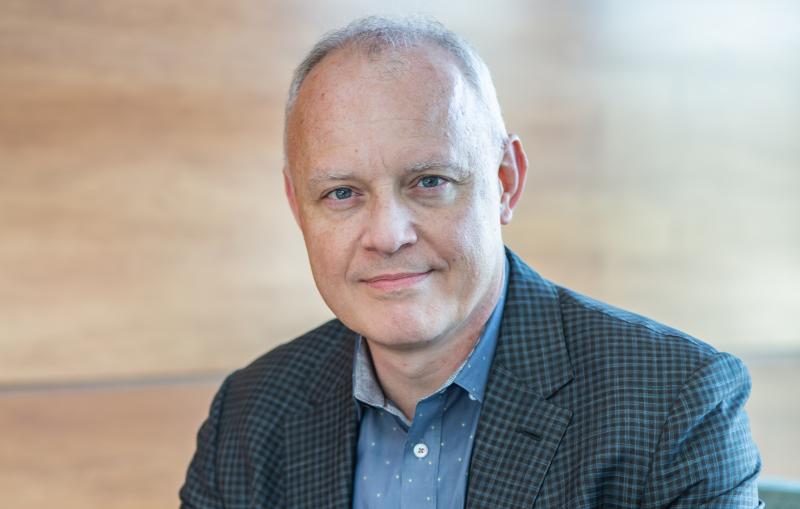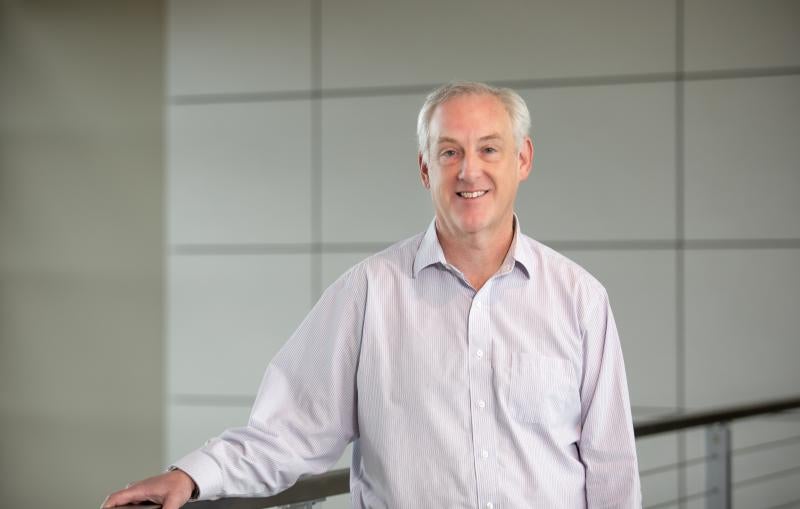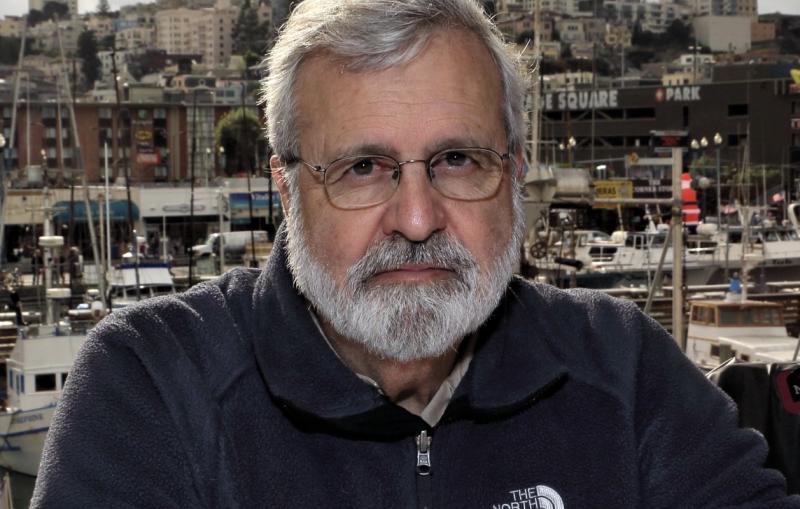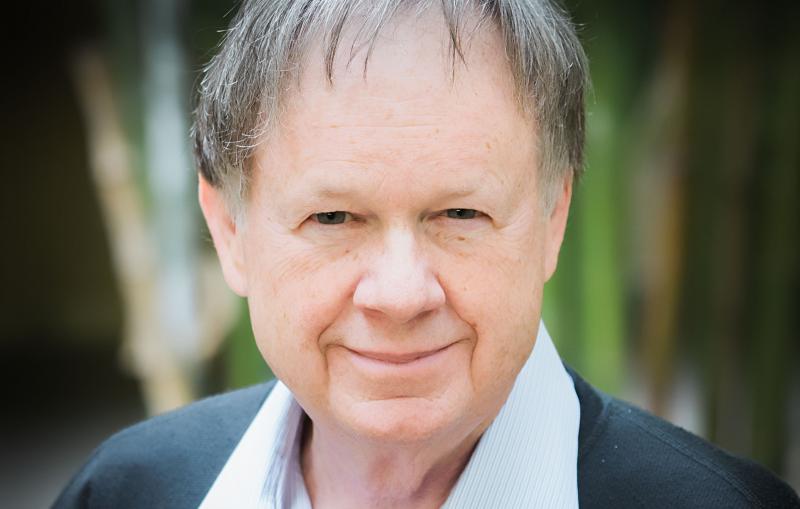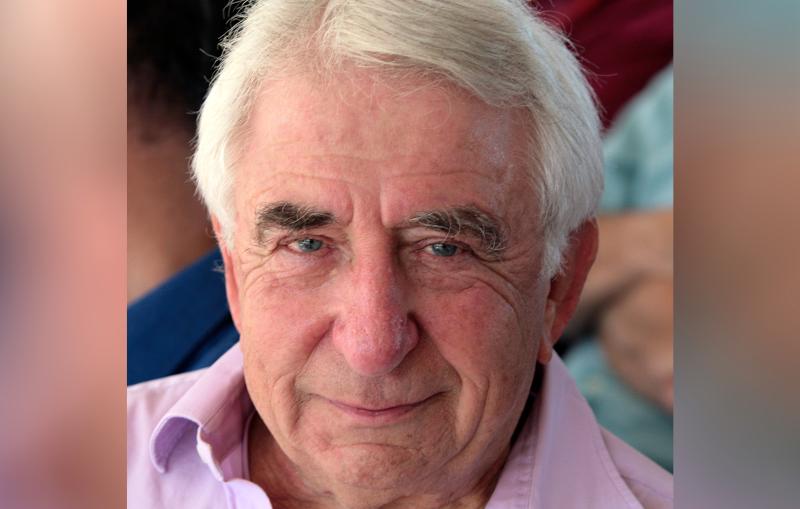Celebrating SSRL’s 50th anniversary.
On April 20, 2023 we celebrated 50 years of transformative science at SSRL. This unique event acknowledged many individuals who have made SSRL such a vital and impactful facility through partnerships among SSRL users and staff that fuel our success.
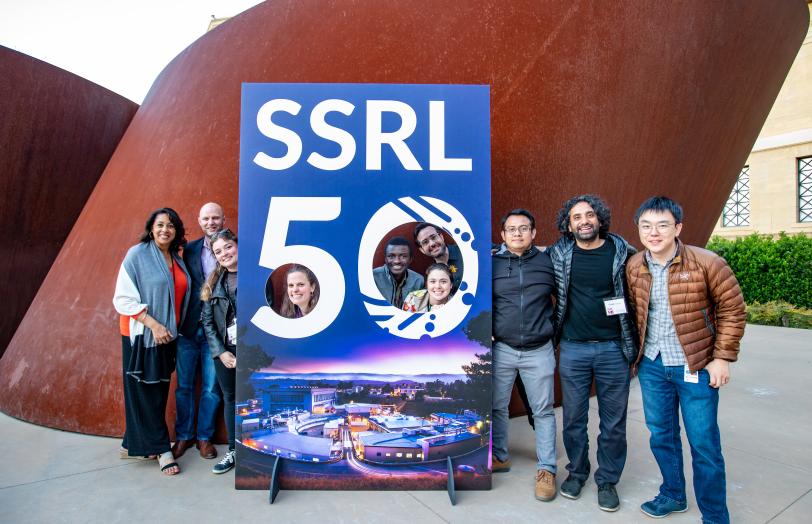
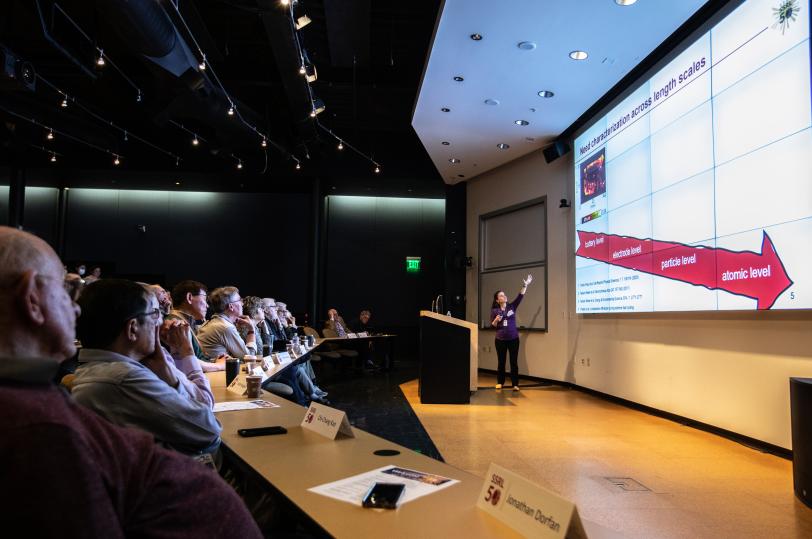
Symposium presentations
Delve into the presentations (PDF's) delivered during our momentous SSRL Turns 50 Symposium event.
Asmeret Asefaw Berhe, Director Office of Science
SSRL Associate Lab DirectorJoin us in celebrating this impressive achievement and SSRL’s continued commitment to cutting-edge research.”


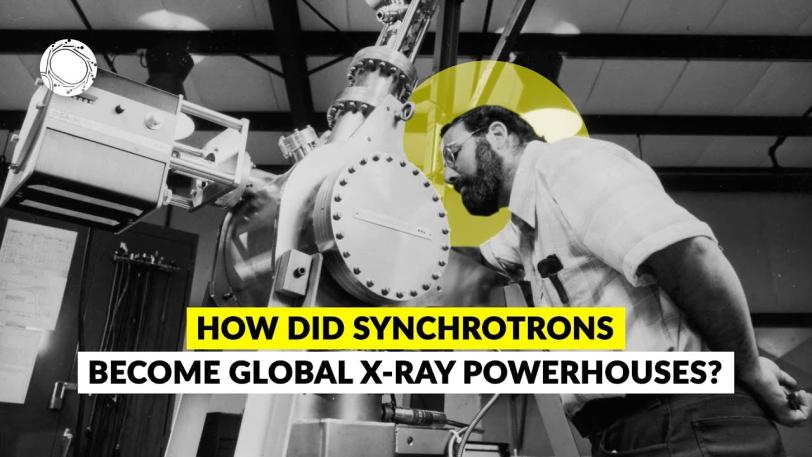
How did Synchrotrons become global X-ray powerhouses?
SLAC Recent History (1973-2023 Stanford Synchrotron Radiation Lightsource) - How did Synchrotrons become global X-ray powerhouses?
Olivier Bonin/SLAC National Accelerator Laboratory
#SSRLturns50
The founding years
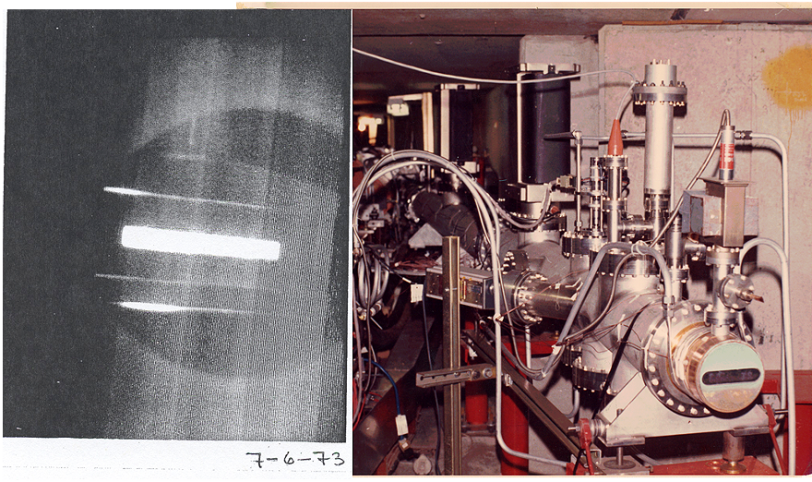
The Stanford Positron Electron Asymmetric Ring (SPEAR) was created in 1972 as a high energy physics colliding beam facility to discover new particles. It did not take long for Stanford University researchers to harness the intense x-ray beams generated by the circulating electrons to probe materials in new ways. In collaboration with SLAC scientists, this resulted in a Pilot Project which in 1973 extracted the first x-ray beams from SPEAR. The facility led to the discovery of the J/psi particle and tau lepton, earning researchers the 1976 & 1995 Nobel Prize in Physics.
SSRL as a National User Facility
Starting in 1977 with new funding from the National Science Foundation, SSRL (then known as the Stanford Synchrotron Radiation Project, SSRP) moved from being an experimental project to a national user facility. SSRL would go on to become one of the pioneering synchrotron facilities in the world, known for outstanding user support and important contributions to science and instrumentation. SSRL’s funding moved to DOE in 1982.
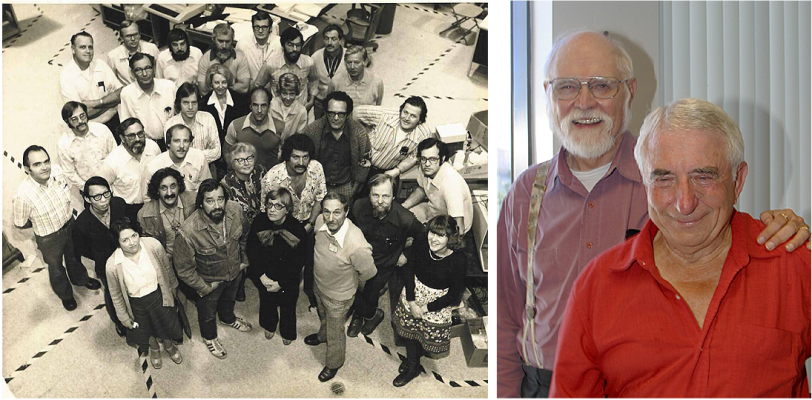
SSRL Evolves
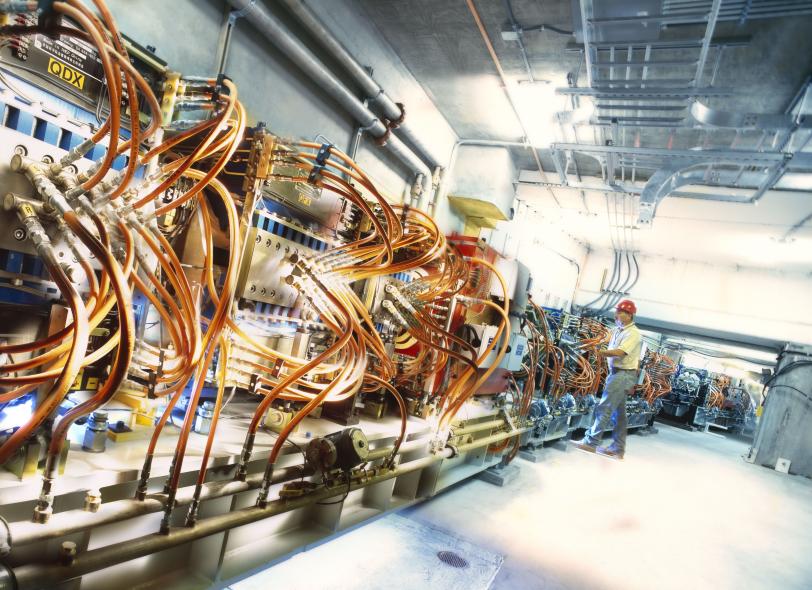
In 1990, SSRL built its own injector booster ring, which allowed the facility to become independent of the SLAC LINAC. SPEAR became fully dedicated as the SSRL synchrotron source in 1991 with a first long run in 1993.
In 2003, SPEAR went through a major rebuild and became the low-emittance SPEAR3 storage ring. This renovation also included significant upgrades to several of the beam lines.
Global reach
Continued beam line and accelerator upgrades are enabling SSRL to further its significant contributions to scientific discovery, development and training of the future workforce. SSRL operates about nine months of the year with over 30 different experimental stations available for users from universities, private industry, government labs and foreign institutions in numerous disciplines, including chemistry, biology, medicine, environmental science, materials science, engineering, and applied physics. Over 1,500 scientists from institutions around the world visit SSRL to contact their research experiments every year.
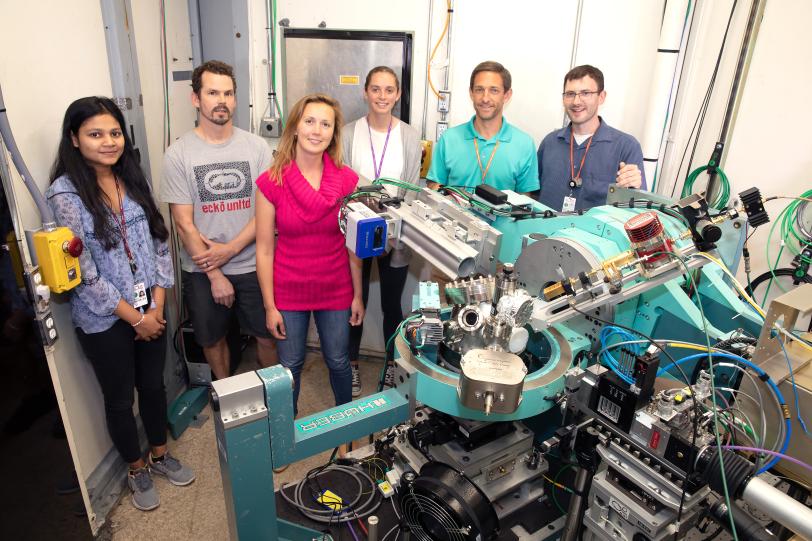
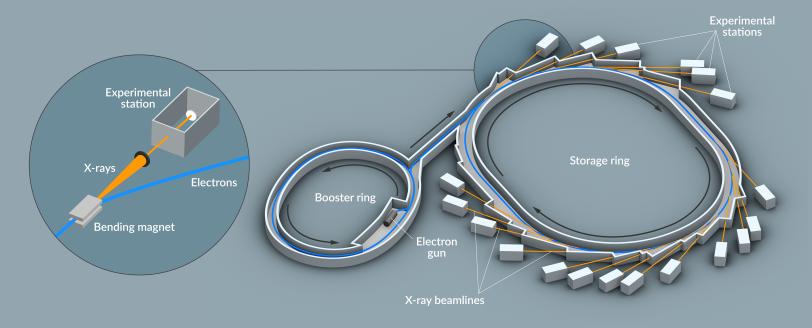
SSRL directors
Video gallery
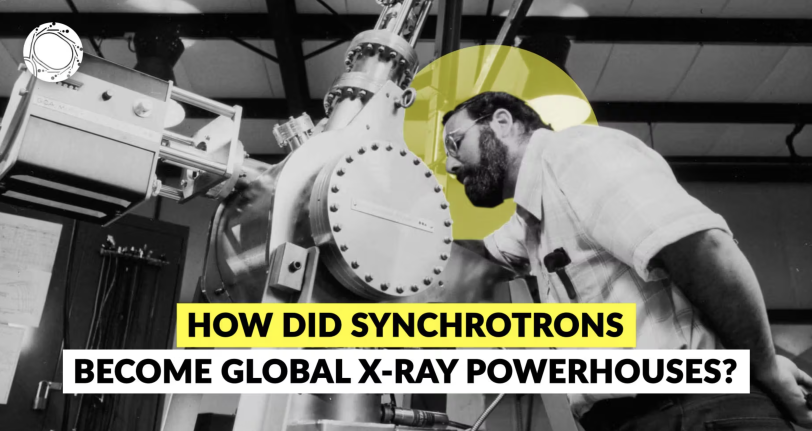
History of Stanford Radiation Light Source
Watch the history of SLAC's Stanford Radiation Light Source celebrating 50 years in 2023.
Olivier Bonin/SLAC National Accelerator Laboratory
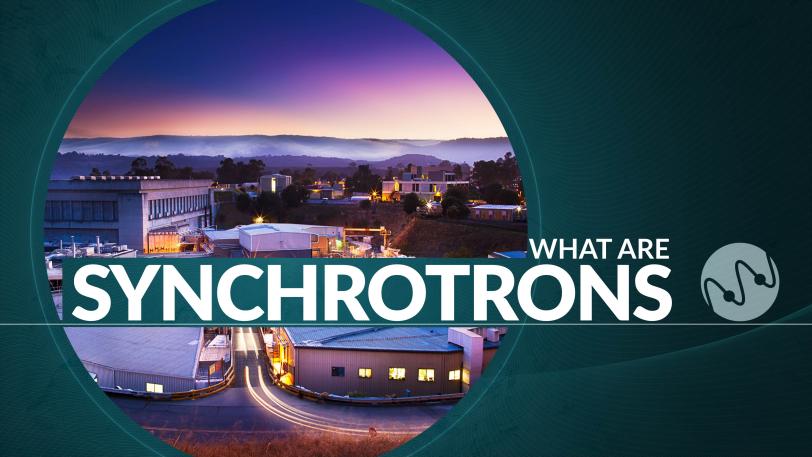
Synchrotron explainer
Watch this video for a simple explanation of what a synchrotron is and why there are 60 around the world today.
Olivier Bonin/SLAC National Accelerator Laboratory
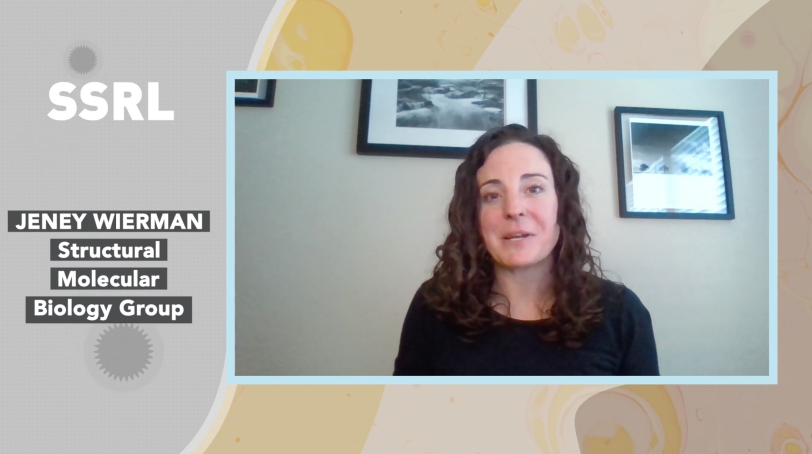
SSRL X-Ray Crystallography Covid-19 Research
Jeney Wierman, a staff scientist at SLAC, explains how SSRL tools are contributing to COVID-19 research.
Olivier Bonin/SLAC National Accelerator Laboratory

Discovering the Colors of Fossil Creatures
This lecture, Discovering the Colors of Fossil Creatures, presented by Nick Edwards explores the new area of scientific study, including discoveries made with advanced X-ray imaging techniques at SLAC and Stanford Synchrotron Radiation Lightsource (SSRL).
SLAC National Accelerator Laboratory

